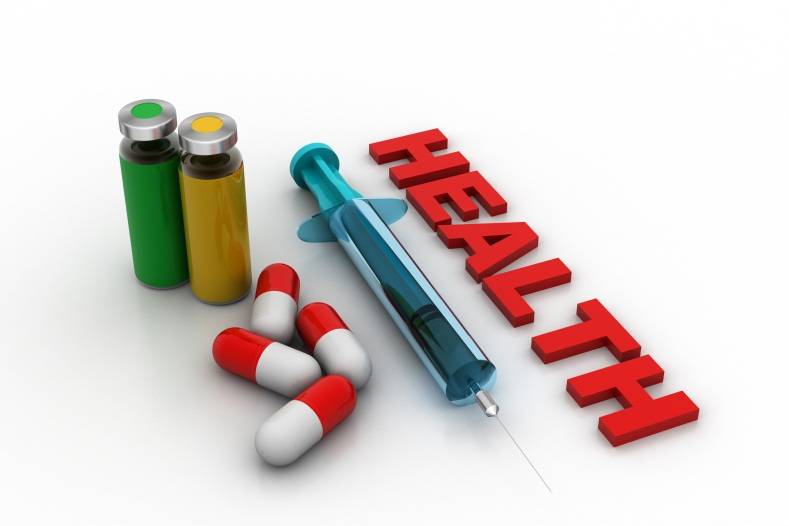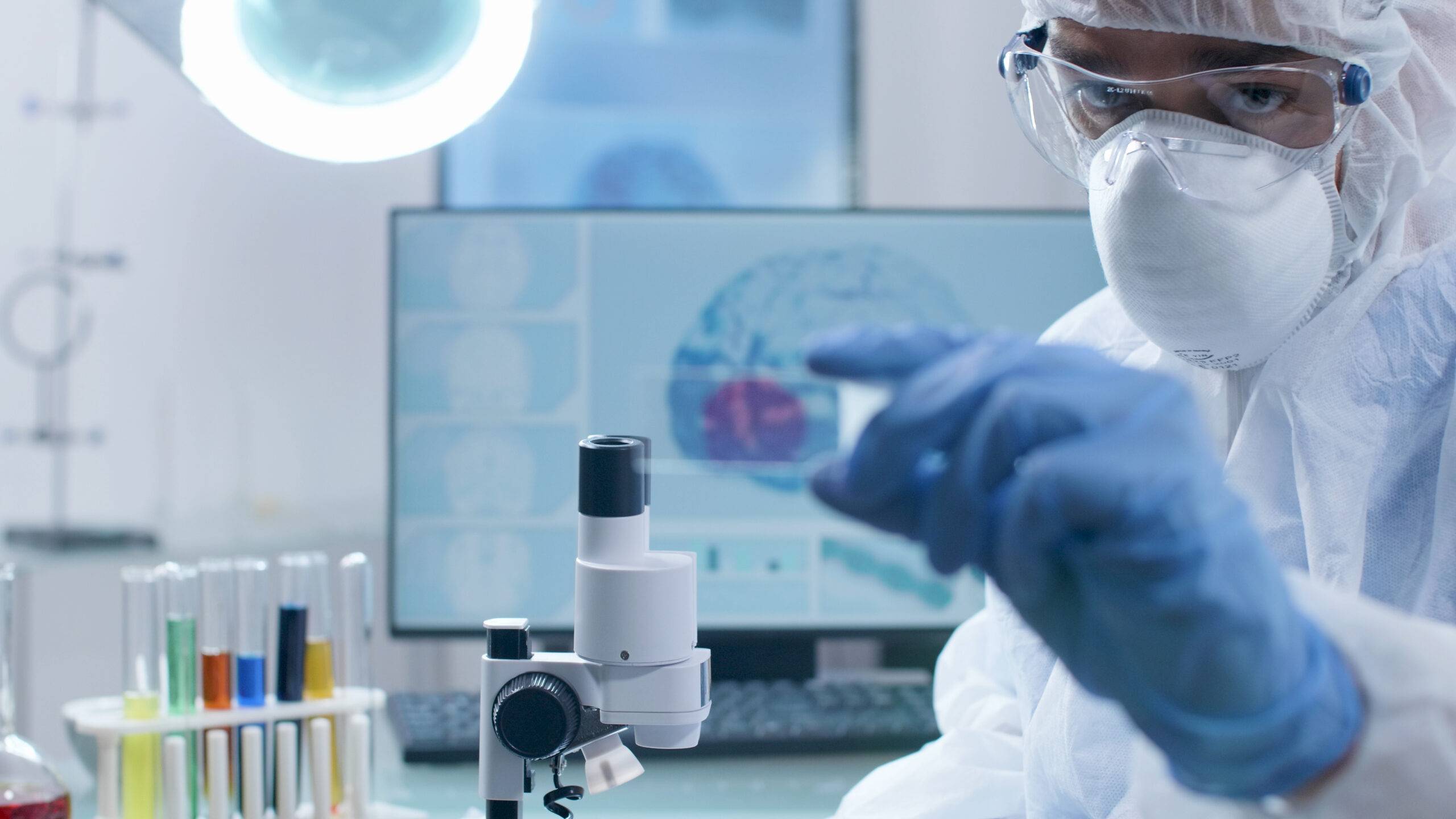The involvement of wireless technologies has played a huge role towards the development and achievement of numerous health objectives especially in mHealth technology across the globe. Some of the powerful combination of factors is responsible for this technological change which includes the advancement in mobile technologies, applications and the rise in new opportunities for the integration of mobile health into existing eHealth services. Over the years, the continuous growth in the coverage of mobile cellular networks has been of great support for the flourishing mHealth initiatives. Undoubtedly, mHealth has acquired a prominent power in health care industry provided with the substantiate increase in wireless subscribers. It has been reported according to the international telecommunication union (ITU), now there are over 5 billion wireless subscribers out of which over 70 percent of the subscribers reside in low and middle-income countries. An additional alibi to the establishment of strong wireless networks is given by GSM association which reports 85 percent majority of wireless signals cover 85 percent of the world population. Obviously, the reports suggest a possible extension in the reach of the electrical grid more than it was anticipated.
 One of the significant improvements in mHealth is the attention of World Health Organisation’s (WHO) Global observatory for eHealth (Goe) has been diverted to a larger extent on the latest initiative being implemented in mHealth. Goe, after completing its survey in 114 member states has released the reports suggesting the effective analysis of four health aspects in mHealth initiatives. It includes the status of evaluation, types of initiatives, adoption of initiatives and several barriers to implementation. There are about fourteen categories of mHealth services and all of them surveyed. The categories are emergency toll-free telephone services, health call centers, disaster/emergency management, appointment reminders, mobile telemedicine, health promotion, community mobilization, treatment compliance, mobile patient records, patient monitoring, health surveys, data collection, information access, decision support systems, surveillance and health awareness raising.
One of the significant improvements in mHealth is the attention of World Health Organisation’s (WHO) Global observatory for eHealth (Goe) has been diverted to a larger extent on the latest initiative being implemented in mHealth. Goe, after completing its survey in 114 member states has released the reports suggesting the effective analysis of four health aspects in mHealth initiatives. It includes the status of evaluation, types of initiatives, adoption of initiatives and several barriers to implementation. There are about fourteen categories of mHealth services and all of them surveyed. The categories are emergency toll-free telephone services, health call centers, disaster/emergency management, appointment reminders, mobile telemedicine, health promotion, community mobilization, treatment compliance, mobile patient records, patient monitoring, health surveys, data collection, information access, decision support systems, surveillance and health awareness raising.
It is evident from the surveys that an increase in eHealth services has been widely accepted and the observation reveals the reported majority of member states have been offering at least one type of mHealth services although most of the countries offer four to six programs. The frequently used mHealth services are health call centers, emergency/disaster management, toll-free telephone services and mobile telemedicine. In the pilot of an informal stage, two-thirds of mHealth programs are in usage with the exception of other services.
Challenges faced in eHealth services include the emerging competence of health care priorities, countries experiencing multiple health challenges, limited budgets, and chronic staff shortages. A greater tendency to evaluate the capabilities of mHealth trends and initiative is required to measure the significance of mHealth services. In order to cope up with such challenges, a dedicated effort is necessary to promote the importance of evaluation and then to share the results with all member states.
At Pennsylvania’s Geisinger Health System, administrators are turning around a digital health platform used for video interpreting and developing programs ranging from clinician-to-clinician communications to remote patient monitoring.
“We’re going beyond the expectations we had for [services like] Skype and Facetime,” Janet F. Rushing, RN, MSN, systems director for the eICU program at Geisinger’s Center for Telehealth, said during the recent American Telemedicine Association conference in Orlando. “This really is a simple piece of technology that we can use to connect people to each other.” Source: mhealthintelligence
Benefits of new mHelth initiatives are regarded as the valuable assets in new age healthcare industry. Blend of developing technology with tools such as PDAs (Personal Digital Assistant) elevate the significant features of mHealth services. The advantages of using PDAs are being the low-cost tool, it could improve the information access for nurses, help for the reduction of medication errors, ease nursing workload including the facilitation of patient education via a practical visual aid. The PDA software takes possible responsibilities to improve the quality and source of information provided with the inclusion of ease of use. PDA devices are made compatible with accessible devices and it is also available for automatic updates supported by a set of simple processes. Nurses accessing mHealth services are advised to take courses on data protection realizing the importance of data safety.



